The Proposed TRIPS Compromise Risks Setting Several Bad Precedents
Bill of Health
APRIL 7, 2022
Article 6 of the TRIPS states that “the exhaustion of intellectual property rights” is left to “each Member free to establish its own regime for such exhaustion without challenge,” a topic that was front and center of the 1998 to 2001 litigation between drug companies and South Africa.

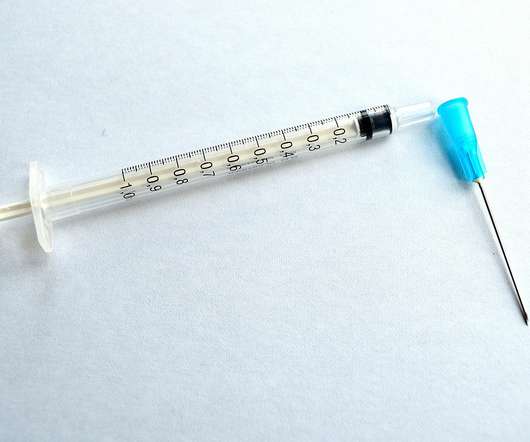
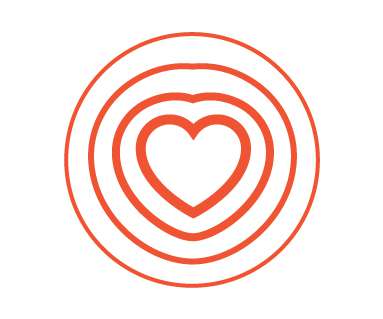
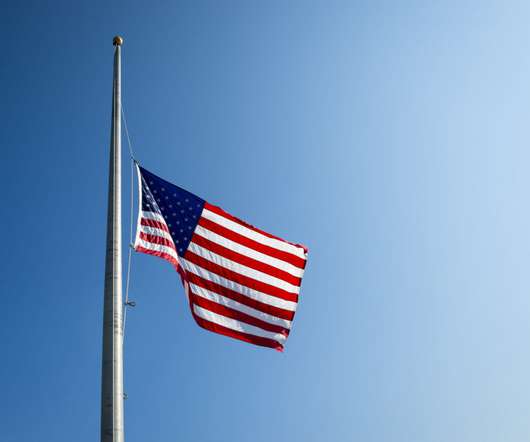





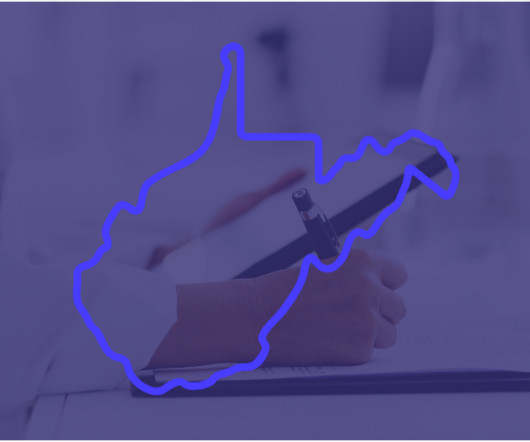




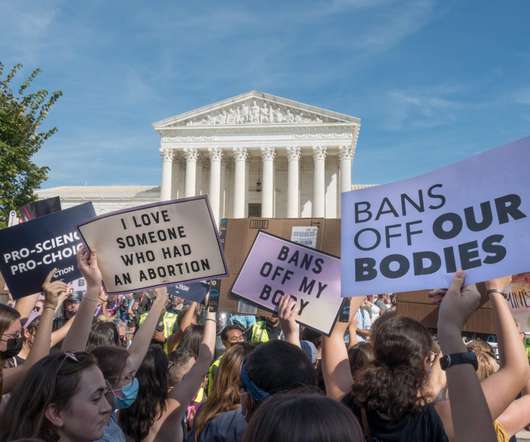
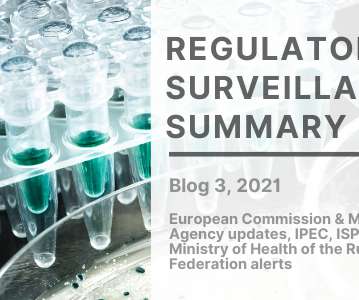



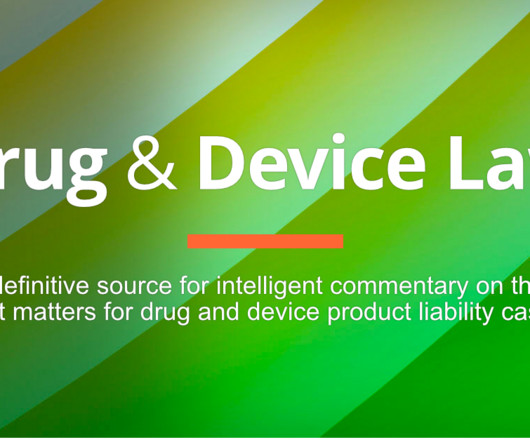








Let's personalize your content